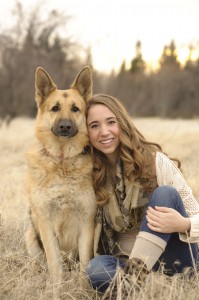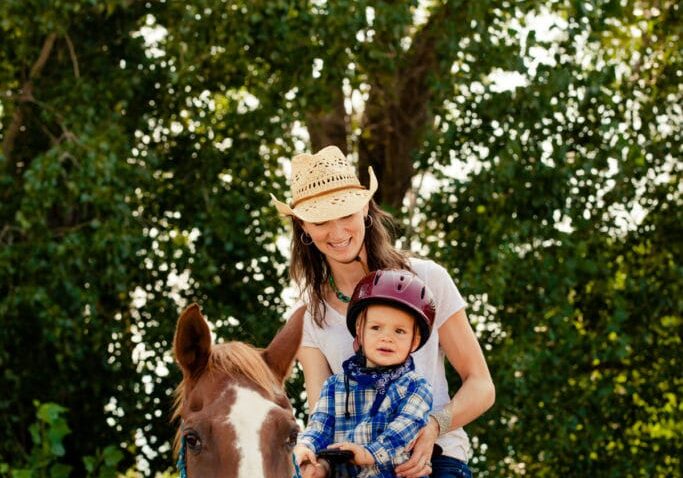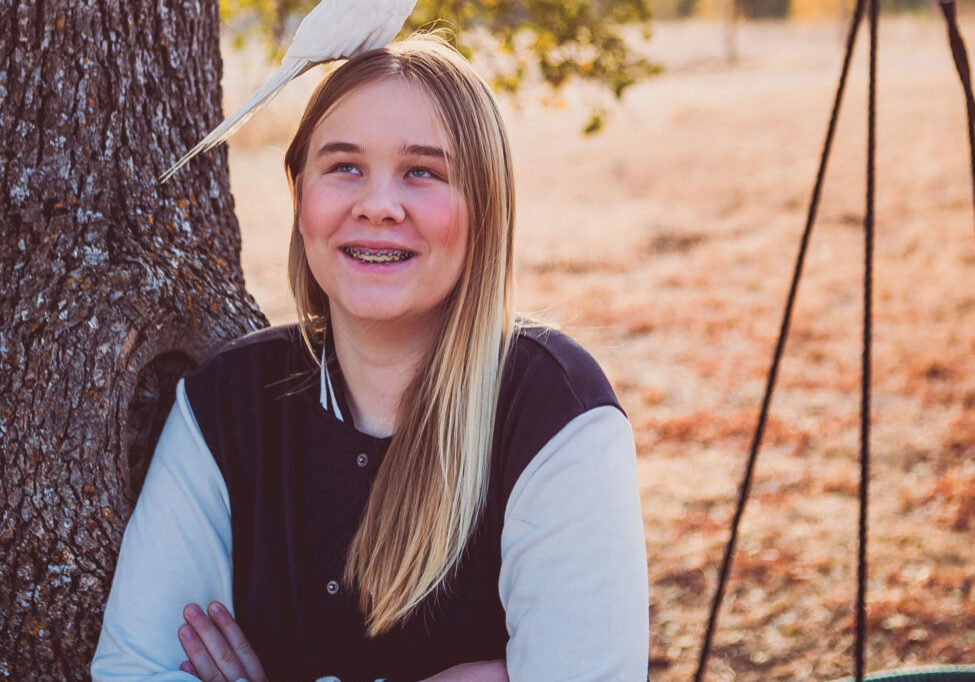 When Erica Galligan’s children were young, her family tried adopting a dog, but allergies forced the family to return him to the breeder. They found alternative pets, starting with a saltwater aquarium, and later, freshwater fish and a tree frog. “An aquarium was easy, low-maintenance, and fun to look at,” Galligan explains about their baby steps into pet ownership.
When Erica Galligan’s children were young, her family tried adopting a dog, but allergies forced the family to return him to the breeder. They found alternative pets, starting with a saltwater aquarium, and later, freshwater fish and a tree frog. “An aquarium was easy, low-maintenance, and fun to look at,” Galligan explains about their baby steps into pet ownership.
According to the America Veterinary Medical Association, 56% of U.S. households include a pet. But if your home isn’t among them yet, how do you find the right pet for your family? Here are five factors to consider:
Amount of care
Different pets require varying levels of commitment. Consider how much time you have each day for animal care. Are you willing to walk a dog? Do you want to be regularly cleaning a hamster cage? Can you give a young pet the attention it will require?
Sarah Collins, Adoption Team Leader for the Wisconsin Humane Society, advises, “Be honest about what you can handle. And remember that responsibilities will ultimately fall on the parents.”
Aquarium pets, such as fish and dwarf frogs, require the least care. Next come tank- and cage-kept pets: snails, hermit crabs, birds, reptiles and rodents. And then rabbits and cats.
Aside from horses, dogs can be the most time-consuming pets, with some breeds requiring lots of exercise. Understanding a dog’s energy level before bringing it home can prevent surprises related to its care and exercise needs.
Knowing how much time you can invest in a pet can help narrow your options. Puppies in particular require attention, even if they have been housebroken. “The rule of thumb is to allow one hour for their age in months, plus one,” Collins says, meaning a two-month old puppy needs to be walked every three hours.
Children’s ages and responsibility
Introducing a pet into a home with very young children can be a challenge for both the pet and the child. Toddlers don’t have the capacity to understand appropriate handling of animals and their quick motions often scare pets. If you’re ready to adopt an animal while your children are young, consult with an animal rescue, reputable breeder, or animal shelter to find a pet whose personality melds well with active youngsters.
If your children are older, responsibility enters the picture. Often kids want a pet without understanding the care involved. Discuss how much work they are willing to assume and explain what will be necessary for different pets.
Bridget Cahill drafted a contract with her three daughters before allowing them to purchase a tortoise. Then each girl signed the contract, agreeing to the responsibilities and consequences they had outlined together. Cahill shares, “It said in the contract, ‘I will not throw a fit when you ask me to feed Nelly. I will do it lovingly and happily.’”

Photo by Kristen Privett, Kristen Privett Photography, http://www.kristenprivett.com
Lifestyle
It’s easy to think a dog or cat would be fun to own – until you’re planning a trip and need to find care for your pet while you are gone. If you travel often, make sure you have access to needed support for your potential pet, as finding quality care can be challenging and expensive.
For a busy family, fish, turtles, reptiles or other independent pets may be a better option. “It’s pretty easy to put a 10-day feeder in a fish aquarium,” notes Galligan. Keep in mind that a constant supply of fresh food and water are essential for any pet.
Space
It’s not necessary to have a yard to own a dog, but you should have places nearby to walk and play with one. A small aquarium can go in a bedroom. A cat will need constant access to a litterbox, which can be kept in a laundry room or basement.
Collins says, “If you have a small house or yard … you just have to be able to accommodate your pet’s needs.”
If you live in an apartment or condo, it’s also important to check any rules that apply to pet ownership before bringing an animal home.
Allergies
People can be allergic to dogs, cats, birds and even guinea pigs. Reactions such as itchy eyes, runny noses, rashes and asthma come from a protein in pet dander and saliva, and occur in 15 to 30 percent of allergy suffers, according to The Asthma and Allergy Foundation of America. Allergens stick to surfaces, such as clothing and walls, making it likely that those with pet allergies should avoid having these types of animals in their homes.
Reptiles and amphibians don’t create the allergy-causing protein and should be safe for family members with allergies. Some dog breeds, such as poodles and Maltese, minimize allergens because they don’t shed as much as other breeds. You can research to learn about all the factors involved. Also note the smaller the pet, the less dander is created to activate allergies. Ask your allergist or a veterinarian for recommended options.
Whatever animal your family chooses, pet ownership can be a rewarding experience. Says Galligan, “It’s great for kids to grow up with the responsibility for someone other than themselves.” Given the variety of pets available, you’re sure to find a pet that fits with your family.
Posted in: Animals
Comment Policy: All viewpoints are welcome, but comments should remain relevant. Personal attacks, profanity, and aggressive behavior are not allowed. No spam, advertising, or promoting of products/services. Please, only use your real name and limit the amount of links submitted in your comment.
You Might Also Like...

Rescue Ranch: Saving Dogs and Changing Lives
If you, like me, are a dog lover, you’ll want to know about the Siskiyou County no-kill dog shelter and sanctuary, Rescue Ranch. I recently spent a morning at the […]

Add Horseback Riding to The List Of Ways to Enjoy Our Wide-Open Spaces
In the 21st century, with game consoles and smartphones, are girls still horse-crazy? Do boys still daydream about becoming cowboys? We enjoy our wide-open spaces in Northern California, and our […]

Wildlife Rehabs Help Keep NorCal Landscapes in Balance
Northern California is known for its beautiful landscapes and it’s important to share the land respectfully with the variety of animals who rely on these natural habitats to survive. The […]

The Marvelous Misunderstood Bat
What hangs upside down, loves mosquitoes and sleeps all day? A bat, of course! Bats have been both revered and feared, by ancient and modern folk alike. They have carried […]



